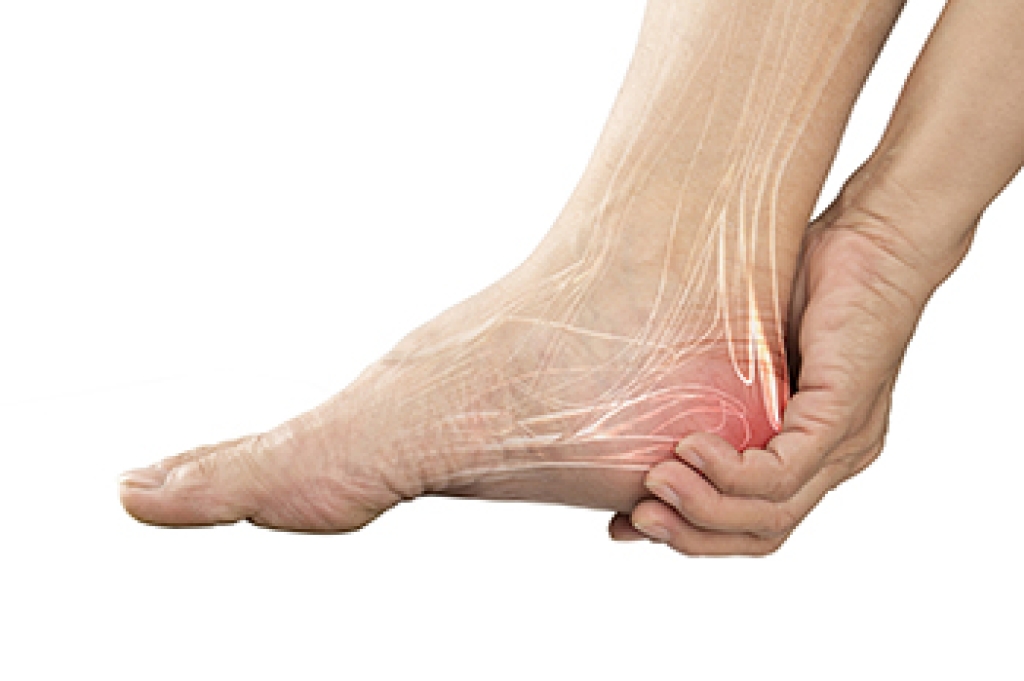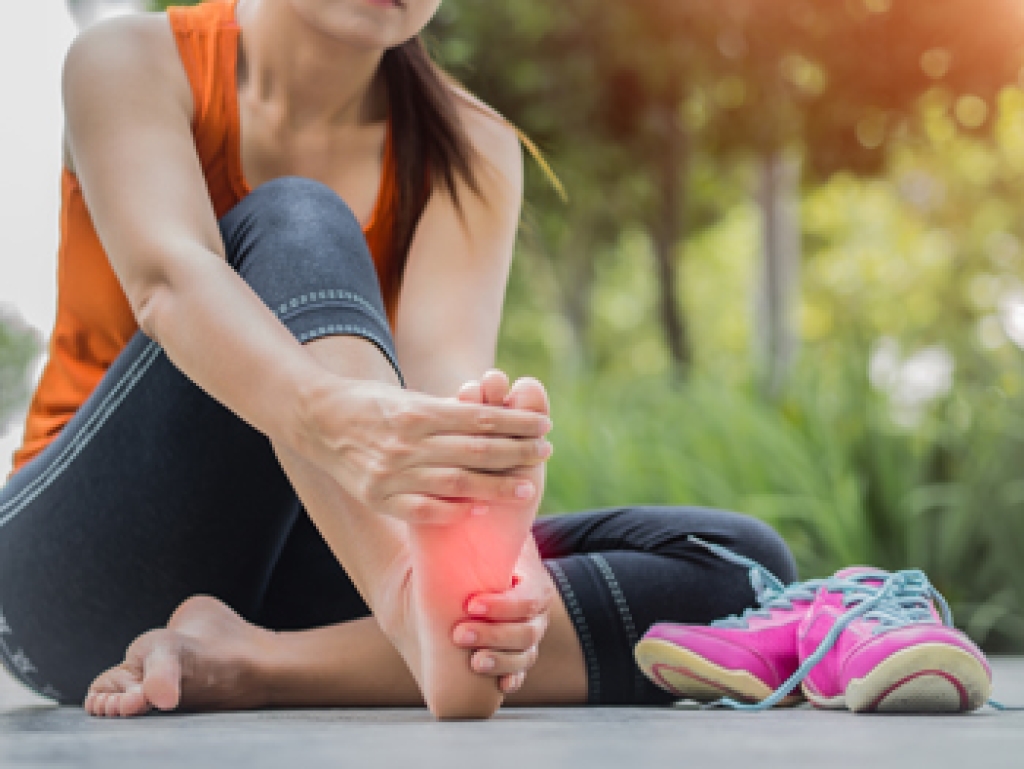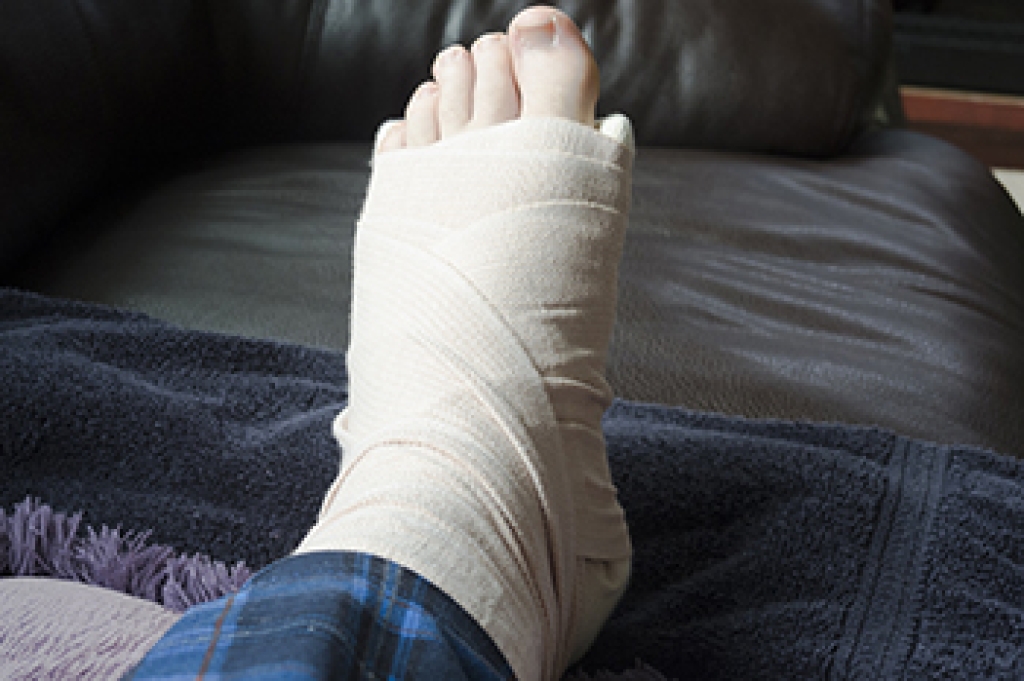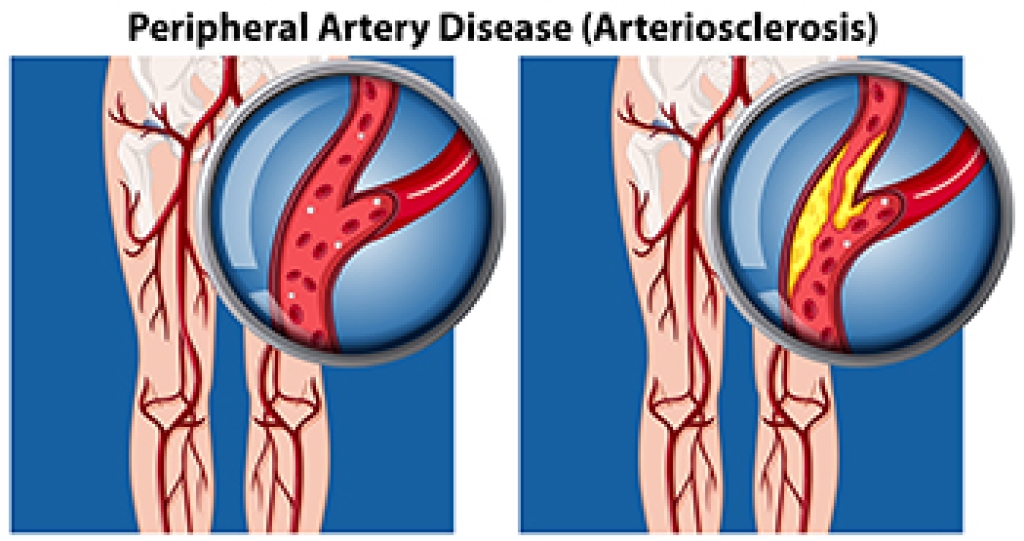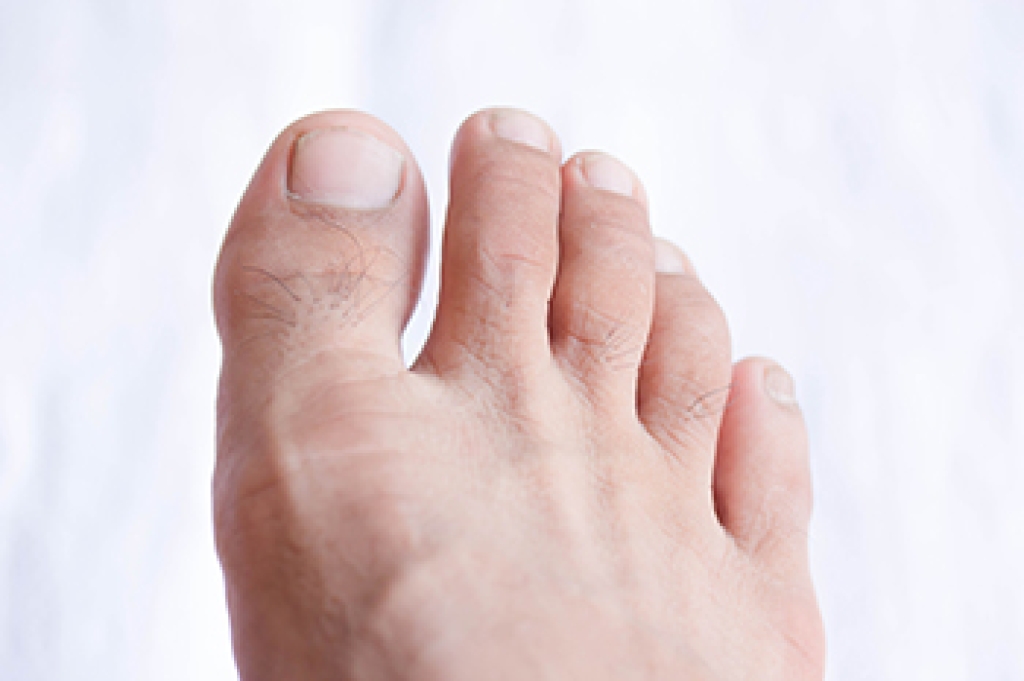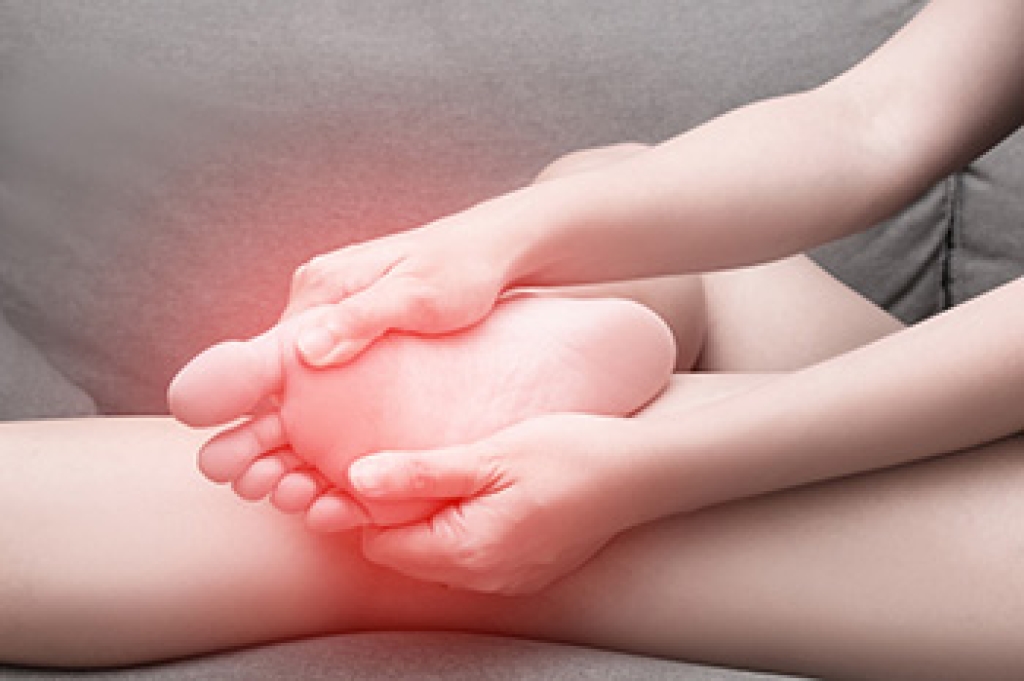
Wearing high heels can dramatically change the way a person walks by shifting the body’s weight forward and placing extra pressure on the front of the foot. This altered gait can lead to shorter steps and reduced balance, increasing the risk of stumbling or falling. In the short term, high heels often cause blisters, corns, and pain due to pressure and friction. The risk of ankle sprains also rises as the elevated heel makes the ankle less stable on uneven surfaces. Over time, consistent use of high heels may lead to the shortening of the Achilles tendon, which can result in stiffness or pain even when not wearing heels. Additionally, long-term wear can also affect posture and spine alignment, contributing to discomfort and musculoskeletal strain throughout the body. If you have foot pain from wearing high heels, it is suggested that you schedule an appointment with a podiatrist who can treat various foot conditions, and guide you on suitable heel choices.
High heels have a history of causing foot and ankle problems. If you have any concerns about your feet or ankles, contact one of our podiatrists from Dr. Jeffrey J. Betman & Associates . Our doctors can provide the care you need to keep you pain-free and on your feet.
Effects of High Heels on the Feet
High heels are popular shoes among women because of their many styles and societal appeal. Despite this, high heels can still cause many health problems if worn too frequently.
Which Parts of My Body Will Be Affected by High Heels?
- Ankle Joints
- Achilles Tendon – May shorten and stiffen with prolonged wear
- Balls of the Feet
- Knees – Heels cause the knees to bend constantly, creating stress on them
- Back – They decrease the spine’s ability to absorb shock, which may lead to back pain. The vertebrae of the lower back may compress.
What Kinds of Foot Problems Can Develop from Wearing High Heels?
- Corns
- Calluses
- Hammertoe
- Bunions
- Morton’s Neuroma
- Plantar Fasciitis
How Can I Still Wear High Heels and Maintain Foot Health?
If you want to wear high heeled shoes, make sure that you are not wearing them every day, as this will help prevent long term physical problems. Try wearing thicker heels as opposed to stilettos to distribute weight more evenly across the feet. Always make sure you are wearing the proper shoes for the right occasion, such as sneakers for exercising. If you walk to work, try carrying your heels with you and changing into them once you arrive at work. Adding inserts to your heels can help cushion your feet and absorb shock. Full foot inserts or metatarsal pads are available.
If you have any questions, please feel free to contact our offices located in Northwest Chicago, Southwest Chicago, and Wicker Park, Chicago, IL . We offer the newest diagnostic and treatment technologies for all your foot care needs.

